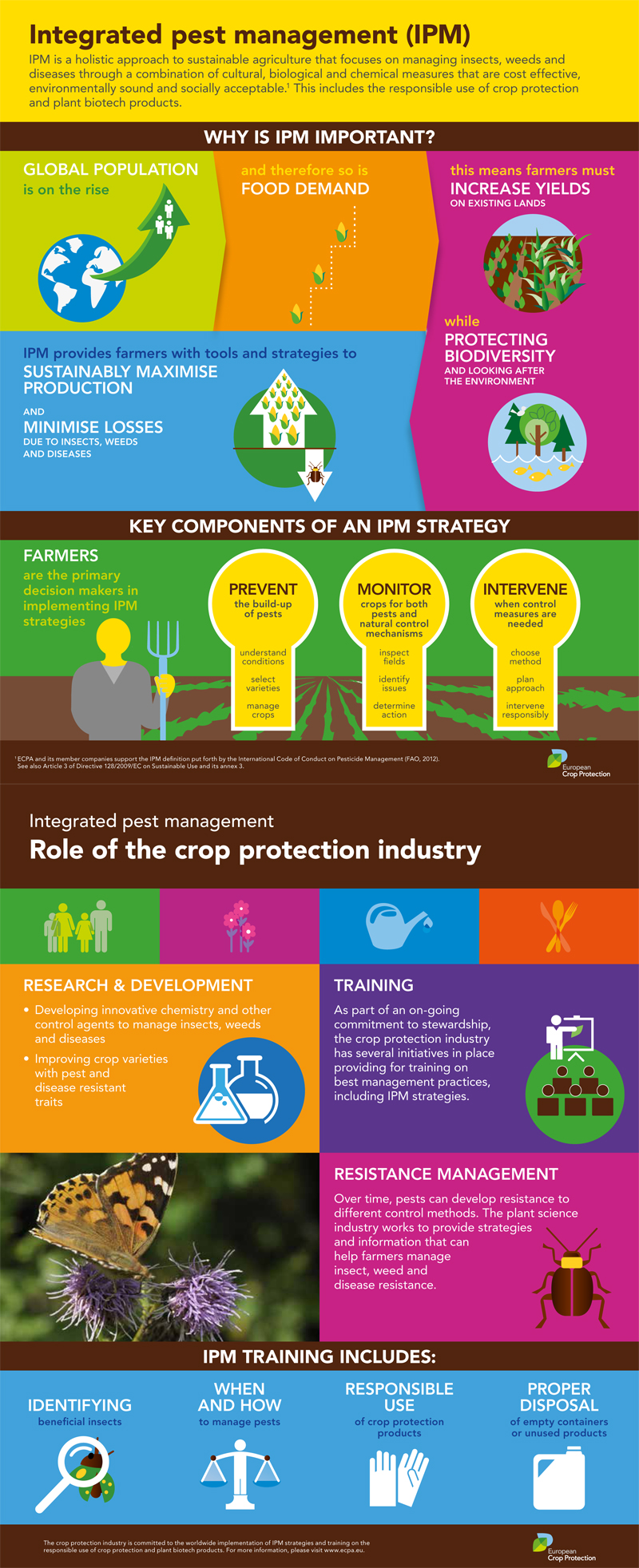Understanding The Life Cycle Of Bed Bugs: Guidance From Parasite Specialists
Understanding The Life Cycle Of Bed Bugs: Guidance From Parasite Specialists
Blog Article
Authored By-Huang Brewer
Like a quiet invasion, bed insects can sneak right into your home, hiding in the shadows and awaiting the ideal moment to strike. Comprehending their life cycle is vital in dealing with these unrelenting insects, and that much better to turn to for guidance than the experts themselves?
In this discussion, you will certainly discover the tricks of the egg phase, the nymph stage, and the adult phase of bed pests, unwinding the mysteries behind their durability and persistence. Dental braces on your own, due to the fact that what you're about to discover will certainly leave you wondering about every little itch and bite.
The Egg Phase
Throughout the egg stage, bed insects are in their earliest type, all set to hatch and begin their life process. These small eggs are commonly laid in fractures and gaps near the bed insect's feeding area, such as joints of cushions or furnishings. The female bed pest can lay up to 5 eggs each day, which amounts to hundreds in her lifetime.
The eggs are oval-shaped and concerning 1mm in size, making them hardly noticeable to the nude eye. They have a sticky coating that helps them abide by surfaces and stay in position. The egg phase lasts concerning one to two weeks, depending on the temperature level and various other ecological factors.
Once the eggs hatch out, the fairies emerge, starting their journey in the direction of adulthood.
The Nymph Stage
As the eggs hatch out, the newly emerged fairies embark on their trip towards the adult years, noting the beginning of the nymph stage in the life process of bed bugs. This stage is critical for their advancement, and comprehending its qualities can aid in dealing with these bugs properly.
Here are 3 crucial points to learn about the fairy stage:
1. Dimension and Appearance: Fairies are tiny, measuring just around 1.5 mm in size. find out here now , but after feeding, their bodies transform reddish-brown. As they expand, they lost their exoskeletons, leaving behind molted skins.
2. Feeding Habits: Like grown-up bed bugs, nymphs eat blood. They require to feed numerous times to molt and advance to the next stage. Nymphs normally feed upon human beings or animals while they rest, leaving behind scratchy attacks.
3. Advancement and Recreation: Fairies go through 5 instars before maturating. Each instar calls for a blood meal for growth. Once they come to be adults, they can reproduce and continue the bed pest life cycle.
Understanding the fairy stage is important for efficient bed bug control. By targeting the nymphs throughout this vulnerable phase, you can avoid their development towards the adult years and halt their infestation.
The Adult Stage
After completing their growth as fairies, bed insects go into the grown-up phase. At click the up coming website , adult bed pests are around 4-5 mm in size and have a flat, oval-shaped body that is reddish-brown in color. They have six legs, antennae, and a little head. Grown-up bed insects are totally capable of duplicating and continuing their invasion. They prey on blood, preferably human blood, and can endure without a meal for a number of months. They are mostly active at night and have a tendency to hide in fractures, holes, and furniture throughout the day.
Grown-up female bed bugs can lay up to 5 eggs daily. These eggs hatch out right into nymphs in about a week. Understanding the habits and life process of grown-up bed bugs is essential in effectively getting rid of and avoiding infestations.
Verdict
Now that you comprehend the life cycle of bed insects, you hold the power to protect your home.
Think of a peaceful night's sleep, without the torture of these little pests.
By acknowledging the indicators and taking immediate action, you can avoid problems and ensure the well-being of your loved ones.
Do not allow these stealthy pests invade your sanctuary.
Stay watchful, remain notified, and rest limited recognizing you're in control.
